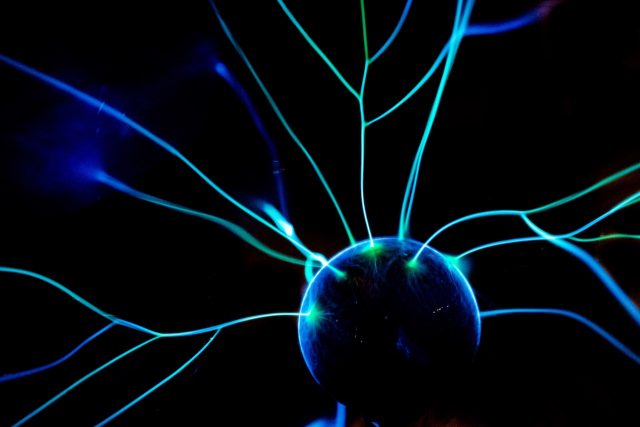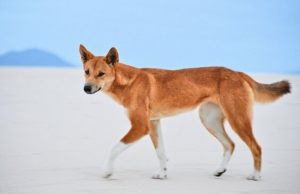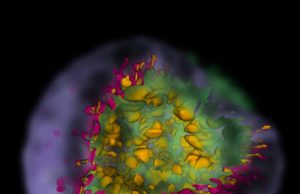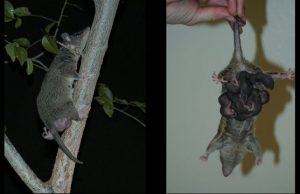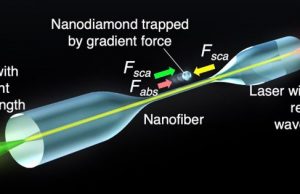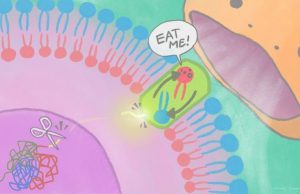Karina
Scientists create simple synthetic cell that grows and divides normally
Five years ago, scientists created a single-celled synthetic organism that, with only 473 genes, was the simplest living cell ever known. However, this bacteria-like...
Study reports six novel variants for CRISPR-Cas12a in plants, expanding genome...
In a new publication in Nature Communications, associate professor of Plant Science at the University of Maryland Yiping Qi continues to innovate genome editing and...
‘Animal-stress’ signal improves plant drought resilience
A team of Australian and German researchers has discovered a novel pathway that plants can use to save water and improve their drought tolerance.
The...
Object classification through a single-pixel detector
Machine vision systems have many applications, including self-driving cars, intelligent manufacturing, robotic surgery and biomedical imaging, among many others. Most of these machine vision...
Oil and natural gas production emit more methane than previously thought
The Environmental Protection Agency (EPA) is underestimating methane emissions from oil and gas production in its annual Inventory of U.S. Greenhouse Gas Emissions and...
Dogs (not) gone wild: DNA tests show most ‘wild dogs’ in...
Almost all wild canines in Australia are genetically more than half dingo, a new study led by UNSW Sydney shows -- suggesting that lethal...
A powerful solar storm hit Earth back in 1582
"A great fire appeared in the sky to the North, and lasted three nights," wrote a Portuguese scribe in early March, 1582. Across the...
Supernova simulations reveal how stellar explosions shape debris clouds
Astronomers are now in a better position to interpret observations of supernova remnants thanks to computer simulations of these cataclysmic events by RIKEN astrophysicists.
When...
Researchers look for immunological solutions in opossums
A University of New Mexico Biology professor and second-year Ph.D. student are part of a team of scientists who have examined the immune system...
Sorting out nanodiamonds with fluorescent centers
Scientists have developed a method to use lasers to control the movement of nanodiamonds with fluorescent centers.
Scientists have long been working on improving their...
Eat me: The cell signal of death
Scientists at the Institute for Integrated Cell-Material Sciences (iCeMS) and colleagues in Japan have revealed molecular mechanisms involved in eliminating unwanted cells in the...


